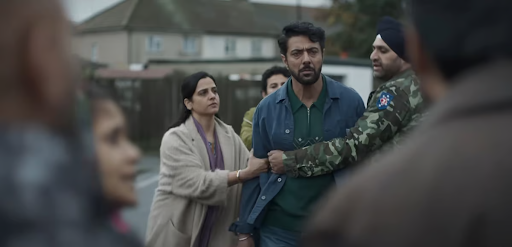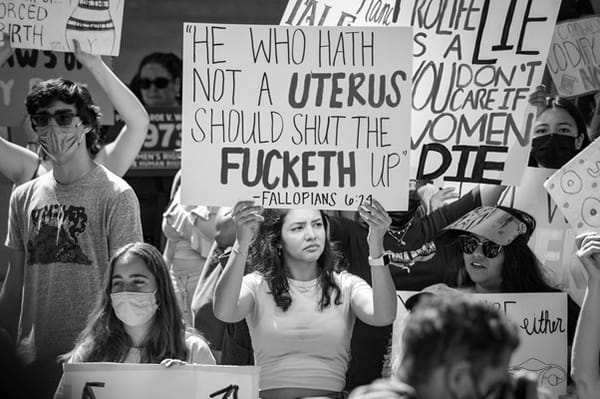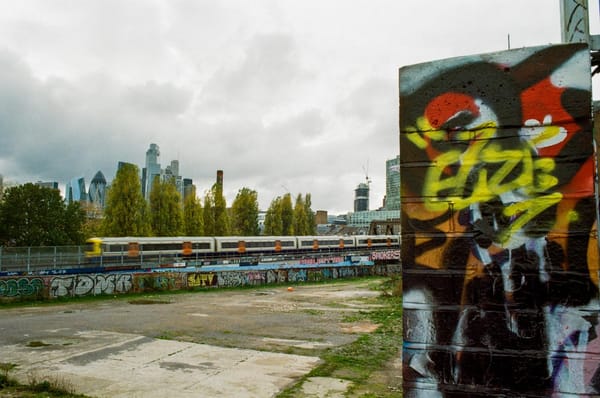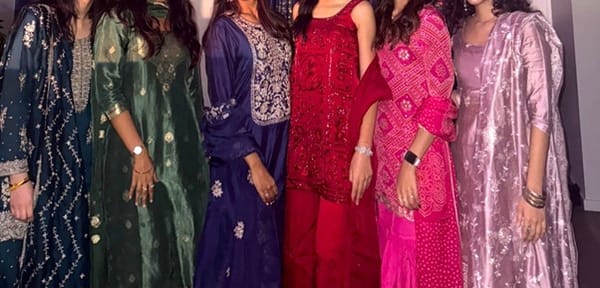Bollywood’s Islamophobia Problem
... the division of the subcontinent by the British on the basis of majority religion has had a deep influence on regional politics and society up until the present day.

Maaryah Rashid, BA Politics and International Relations, 03/02/2025
Art is undeniably political, and the Bollywood industry is a perfect example. Known for catchy songs, breathtaking dance numbers and cinematic masterpieces, its blatant islamophobia, usually masked by theatrics, cannot be ignored.
Indian director Hansal Mehta’s 2023 crime thriller The Buckingham Murders inspired this exploration into the unjust portrayal of Muslims within the Bollywood industry. Although Islamophobia has been prevalent within the industry since the 20th century, and merely continues into the present; this film offered a contrasting voice.
The Buckingham Murders emphasises the need for balance in the portrayal of Muslims versus Hindus within Bollywood. The plot features a British-Indian detective who is assigned to investigate the disappearance of a young Indian boy whilst she tries to navigate the loss of her own son. As thrilling as the film was, the underlying political themes of Muslim and Hindu societal divisions brought a refreshing perspective to the surface: spoiler alert – the antagonist was not Muslim.
Producing around 1,500 to 2,000 films a year, the Bollywood film industry holds significant influence in India’s culture, identity and economy, as the industry made about £1.8 billion, in 2023 alone. The popularity of Hindi films is also immense as they usually reach over 3 billion viewers world-wide, compared to Hollywood films which typically reach around 2.6 billion viewers annually.
Bollywood’s influence is undeniable; it not only shapes the minds of Indian citizens, but also projects a perception of India to the rest of the world. Yet whilst Muslims make up 14% of the Indian population, representation in Bollywood continues to remain minimal, or paints them in an alienating light.
Is the glaring hatred for Muslims a new perspective? Of course not. The 9/11 attacks in 2001 enhanced Islamophobic narratives in the industry, as Indian society aligned with American hegemony, but the dehumanisation of Muslims within Hindi-language films has been visible for years.
Roja (1992), directed by Mani Ratnam, is a film revolving around terrorism in Kashmir. It depicts a South Indian couple, with the husband being kidnapped by a ‘terrorist’ group in Kashmir, and features a Muslim militant as its primary antagonist. The Muslim antagonists are portrayed as unfeeling, violent individuals, who are reduced to one-dimensional villains, with little to no exploration of their motives or any insight into a balanced view of the political landscape of Kashmir. The film is laden with stereotypes about Muslims being inherently violent and alien to the Hindu population.
Unsurprisingly, Islamophobic themes within Hindi films persist post 9/11. The Kerala Story (2023) epitomises the alienation of Muslims in Indian society. Directed by Sudipto Sen, the film sparked controversy and allegations of Islamophobia due to its narrative, subject matter and promotional campaign. The film’s central narrative is based on how three Hindu women are coerced into abandoning their identity and their faith. They join Islam and, consequently, the terrorist organization ISIS. This blatantly promotes the conspiracy theory of “love jihad”, a term heavily used by right-wing nationalist groups in India to describe supposed schemes by Muslim men to convert non-Muslim women to Islam through marriage or relationships.
This narrative is nothing new within the industry. What stands out is the fact that the film was initially promoted as based on “true events”, with a claim that over 32,000 women from Kerala had been coerced into converting to Islam and joining ISIS, which was later debunked by the Indian government. The film reinforces the same dangerous anti-Muslim narratives that are promoted by the ruling BJP (Bharatiya Janata Party). The Muslim men in the film are painted to be deceitful ‘jihadists’, exploiting women for religious and political motives, portraying Muslims as predatory, manipulative and dangerous.
If I were to list every single Hindi film that featured Islamophobic themes, the list would probably extend from here in London to Mumbai. However, instead of naming and shaming, it would be more productive to explore why these themes are so prominent in Bollywood and why the Indian authorities continue to approve of these divisive views.
Bollywood has increasingly aligned itself with nationalistic narratives, especially since the rise of the right-wing BJP governing party in India. Its alignment is a reflection of changing societal attitudes, but postcolonial Indian society has a history of portraying Muslims as “the other”. Hindu nationalist narratives can be traced back, beyond Partition. However, the division of the subcontinent by the British on the basis of majority religion has had a deep influence on regional politics and society up until the present day. For example, the creation of Pakistan was framed as a betrayal by some parts of Indian society. These conversations persist.
Despite the crystal-clear prejudice against Muslims in Bollywood today, which can be found in films such as The Kerala Story, those like The Buckingham Murders demonstrate the potential for nuanced storytelling that challenges these oppressive and backwards narratives, offering an opportunity for change. The Bollywood industry wields immense power to shape societal attitudes and has been used to do so in a damaging way. The responsibility to represent communities fairly must be recognised as the constant vilification of Muslims within the industry, not only perpetuates harmful stereotypes, but also deepens existing societal divisions.



